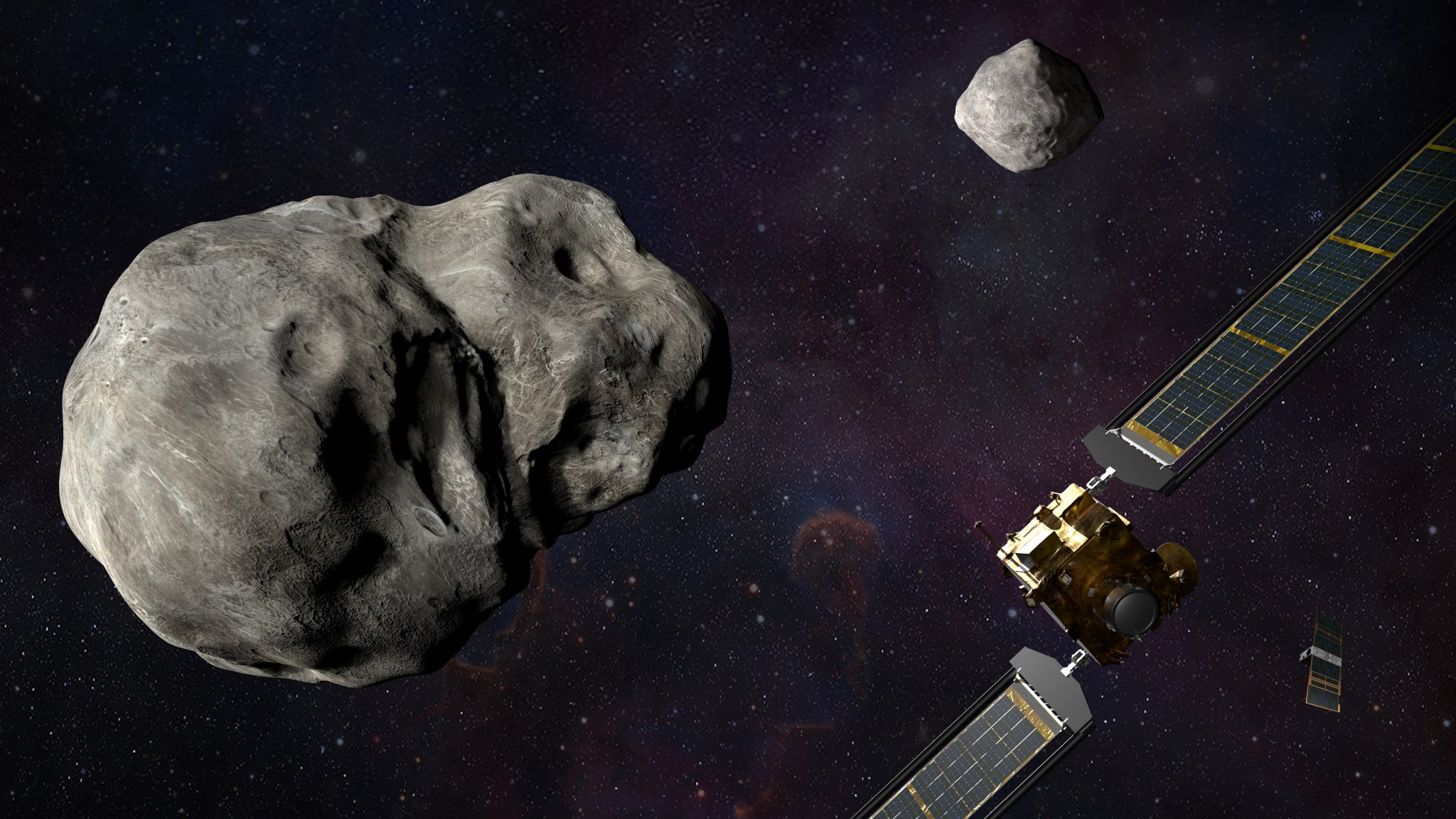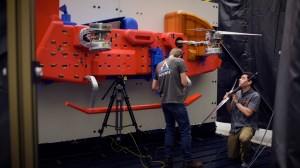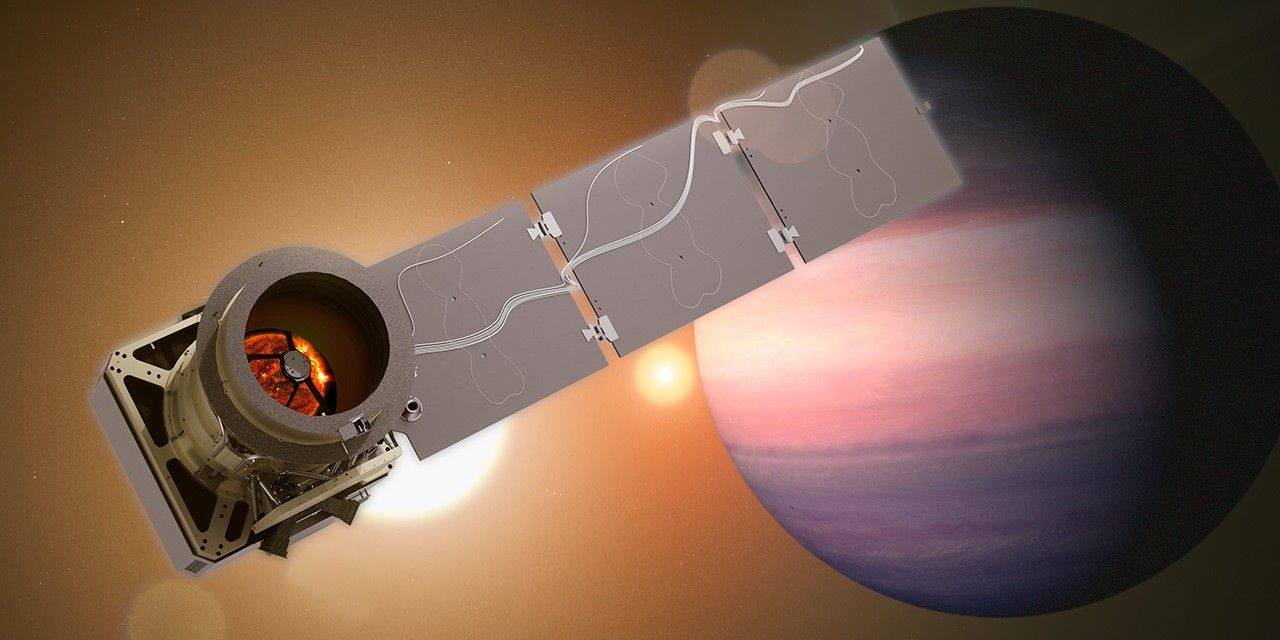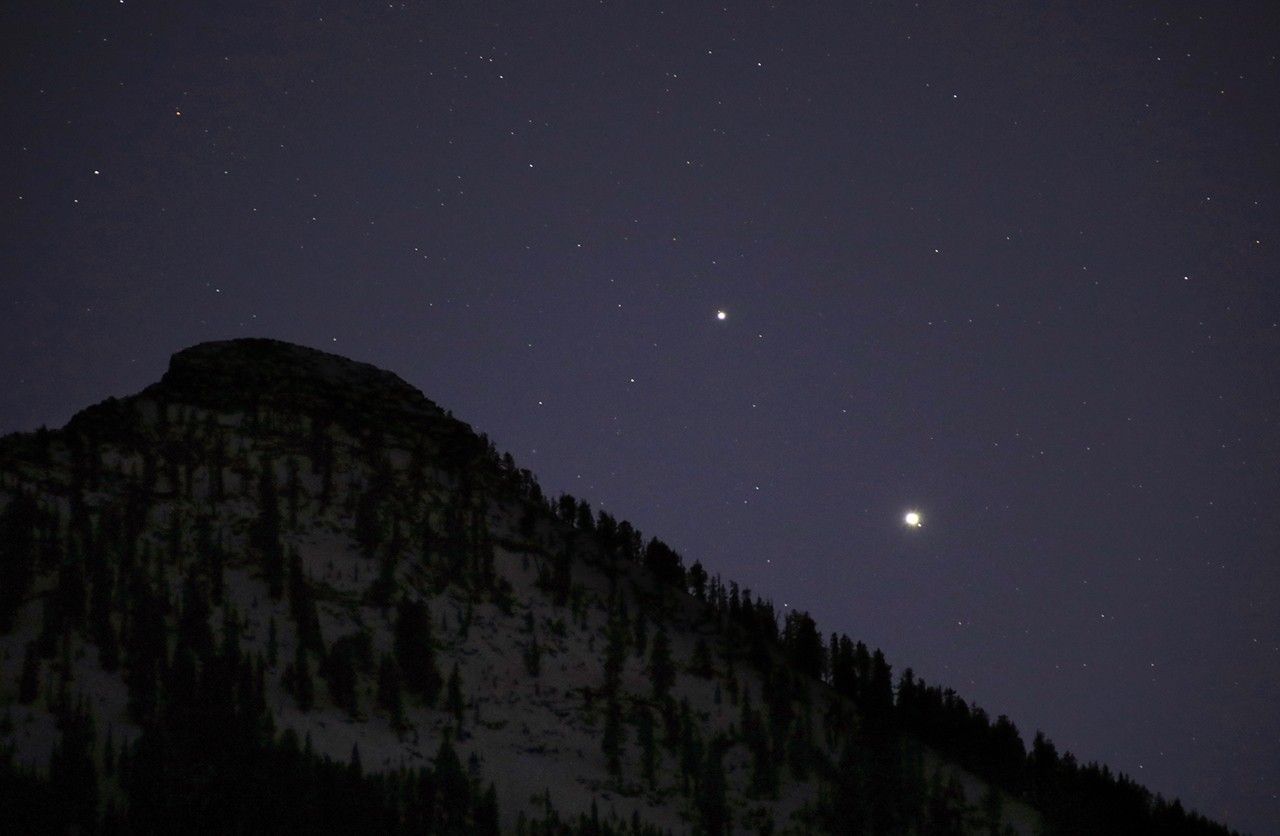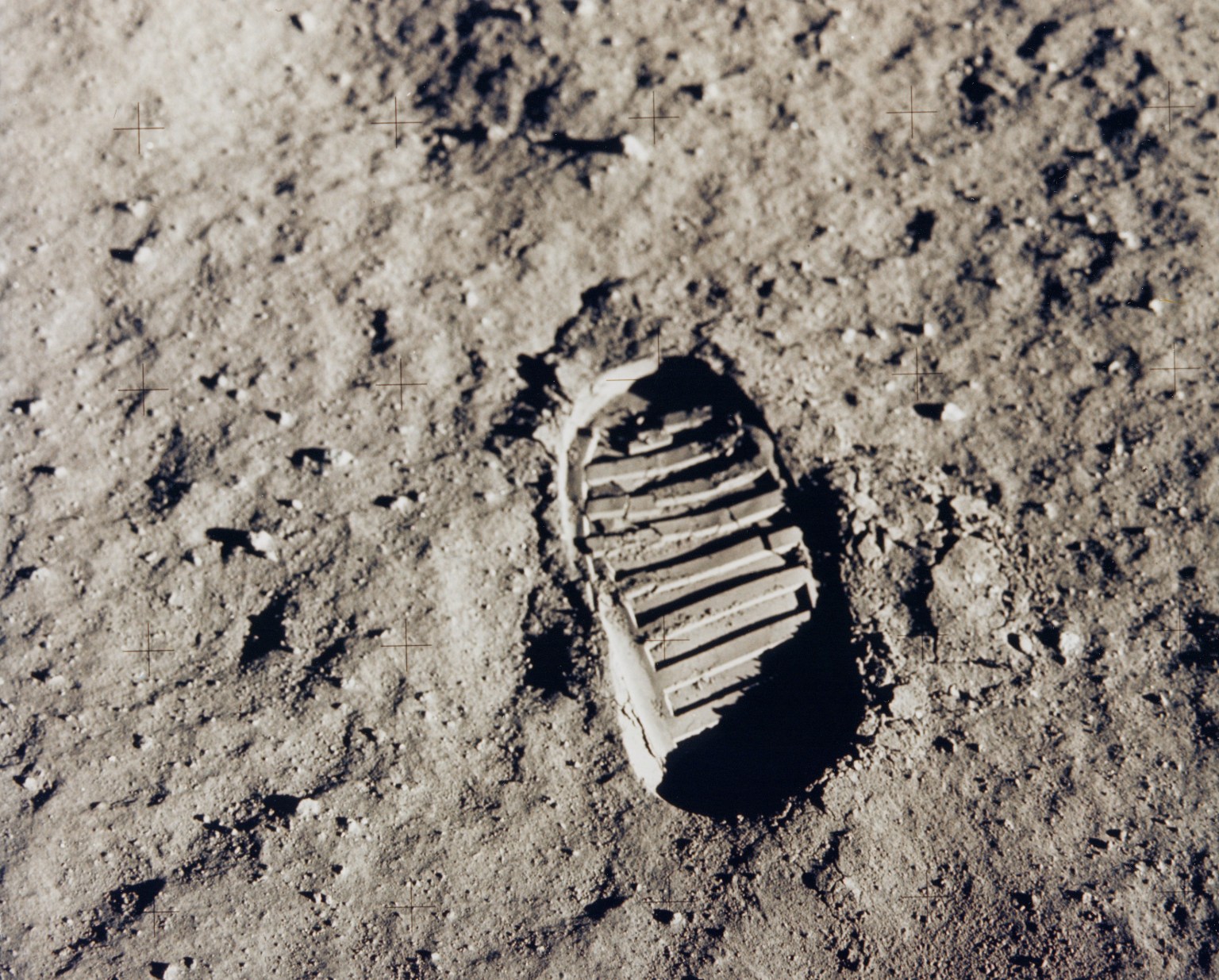NASA has selected four Participating Scientists to join scientists on the Investigation Team of the Double Asteroid Redirection Test (DART) mission, the first full-scale demonstration of an asteroid deflection technology, and the first test mission for the agency’s Planetary Defense Program.
Scheduled for launch later this year, DART will be the first-ever space mission to execute a kinetic impact for the purpose of changing the motion of an asteroid in space. The target is the small asteroid Dimorphos, which orbits slowly around its larger companion Didymos; and the kinetic impact test will occur on or around October 1, 2022. LICIACube, a small satellite provided by the Italian Space Agency (ASI), will ride along with DART and be deployed prior to impact to image the immediate effects on the asteroid. Additional follow up observations using Earth-based telescopes will measure the change in the time it takes Dimorphos to orbit Didymos, which will help determine the overall effectiveness of the kinetic impact.
“The more we learn about Near-Earth Asteroids, the more that benefits both our Planetary Defense preparedness and our Planetary Science knowledge,” said Dr. Thomas Statler, DART program scientist at NASA Headquarters. “These additions to the DART Investigation Team will help make sure that we learn everything we possibly can from DART’s kinetic impact experiment.”
The new DART Participating Scientists are:
- Dr. Bonnie Buratti of the Jet Propulsion Laboratory will use Earth-based telescopic observations of Didymos and Dimorphos to better characterize the surface reflectivity and roughness of both objects before DART’s arrival, and later will use observations from DART itself to further refine this knowledge, in order to aid in mapping the geological features of the asteroids.
- Dr. Ludmilla Kolokolova of the University of Maryland, College Park will use sophisticated radiative-transfer models to analyze and interpret images of the ejecta plume taken by LICIACube’s cameras, in order to better understand the distribution of ejecta momentum enhancing the effect of DART’s kinetic impact.
- Dr. Jay McMahon of the University of Colorado, Boulder will apply the dynamical theory of interacting non-spherical bodies and radiative forces to better understand the changes in Dimorphos’s orbit caused by physical effects other than DART’s kinetic impact, in order to help interpret the post-impact Earth-based observations.
- Dr. Stephen Schwartz of the University of Arizona will develop a new computational approach to link fluid-based simulations of impacts to particle-based simulations of the resulting ejecta, in order to better connect the observed properties of the ejecta plume to the physical properties of Dimorphos’s surface.
The scientists were selected through a competitive call for proposals by the agency to enhance the scientific return of the DART mission and broaden the mission’s primary investigation. The proposals were peer-reviewed, and the Principal Investigators (PIs) of the proposals were selected based on the peer review process.




























